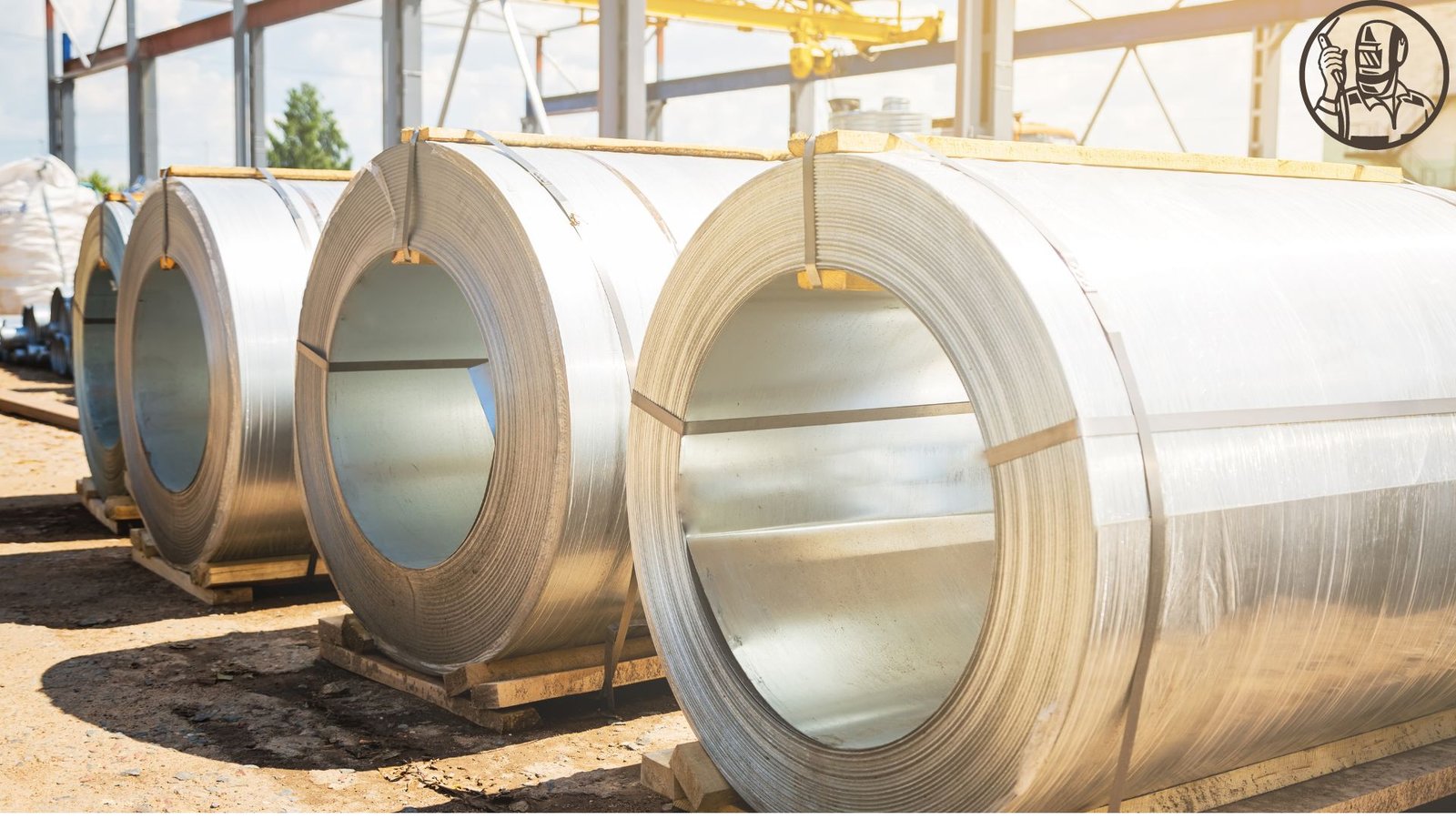In today’s fast-paced business environment, fostering collaboration among employees is crucial for innovation, problem-solving, and overall workplace satisfaction. Collaborative workspaces are designed to facilitate teamwork, communication, and creativity, making the right furnishings essential to achieving these goals. In this complete guide, we’ll explore how to effectively furnish a collaborative workspace, from understanding the principles of collaboration to selecting the right office furniture and layout.

1. Understanding the Collaborative Workspace
A collaborative workspace is designed to encourage interaction among team members and promote a sense of community. Unlike traditional office setups that focus on individual work, collaborative spaces prioritize teamwork and open communication. These spaces typically include a mix of private areas for focused work and communal areas for brainstorming and collaboration.
When planning your collaborative workspace, consider the following key principles:
- Flexibility: Collaborative spaces should be adaptable to various activities, such as brainstorming sessions, group meetings, or quiet work.
- Accessibility: Ensure that all team members can easily access the collaborative areas and that the layout promotes interaction.
- Comfort: Comfortable furniture encourages employees to spend more time in collaboration-friendly environments.
2. Choosing the Right Furniture
Selecting the right furniture is critical for creating an effective collaborative workspace. Here are some essential furniture options to consider:
a. Collaborative Desks and Tables
- Modular Desks: Modular desks can be rearranged to accommodate different group sizes and activities. They allow teams to configure their workspace according to their specific needs, promoting flexibility and collaboration.
- Large Communal Tables: A large, communal table serves as a central hub for teamwork and discussions. This type of furniture encourages interaction and can be used for brainstorming sessions, project planning, or casual meetings.
b. Comfortable Seating Options
- Ergonomic Chairs: Providing comfortable, ergonomic chairs helps employees focus on discussions without discomfort. Look for chairs with adjustable features to accommodate different body types.
- Lounge Furniture: Incorporating lounge seating, such as bean bags, sofas, or armchairs, can create a relaxed atmosphere that encourages informal discussions and creativity.
Download Templates: Ergonomics Program and Ergonomic Assessment Tool
c. Standing and Adjustable Workstations
- Height-Adjustable Desks: Standing desks or height-adjustable workstations allow employees to switch between sitting and standing, promoting movement and energy during collaborative sessions.
- Collaborative Pods: These are often equipped with comfortable seating and collaborative technology, creating a cozy space for brainstorming and teamwork while still maintaining a sense of privacy.
d. Whiteboards and Writing Surfaces
- Whiteboards and Chalkboards: Having writable surfaces in collaborative spaces allows teams to brainstorm ideas, sketch out plans, and visually organize thoughts. They can serve as focal points for discussions.
- Glass Boards: Glass boards can be used for writing while maintaining a modern aesthetic. They are easy to clean and can double as a design element in your workspace.
e. Acoustic Solutions
- Acoustic Panels: To mitigate noise in collaborative areas, consider adding acoustic panels or sound-absorbing furniture. This helps maintain a productive atmosphere while allowing for open communication.
- Private Nooks: Create small nooks with soundproofing elements where teams can retreat for focused discussions without disturbing others.
3. Designing the Layout
The layout of your collaborative workspace is just as important as the furniture itself. Here are some tips for designing an effective layout:
a. Open Spaces
Create open areas that encourage movement and interaction. Avoid creating too many barriers, as this can hinder communication. An open layout allows employees to move freely and engage with one another more easily.
b. Zoning
Consider zoning your workspace into different areas for various activities. For example, designate specific zones for brainstorming, focused work, and casual interactions. Clearly defined zones can help employees choose the right environment for their tasks.
c. Pathways and Flow
Ensure that the layout facilitates smooth traffic flow. Pathways should be clear and wide enough for employees to navigate comfortably. Consider how employees will move between different zones and ensure that the layout supports this movement.
d. Visual Connectivity
Incorporate transparent elements, such as glass walls or partitions, to enhance visual connectivity. This allows employees to see and interact with one another, fostering a sense of community and collaboration.
4. Integrating Technology
In today’s digital age, technology plays a crucial role in facilitating collaboration. Here are some ways to integrate technology into your collaborative workspace:
a. Video Conferencing Tools
Provide video conferencing solutions that enable remote teams to participate in discussions seamlessly. High-quality cameras, microphones, and screens ensure that everyone can engage effectively, regardless of their location.
b. Collaborative Software
Invest in collaborative software tools that support teamwork, project management, and communication. Platforms like Slack, Microsoft Teams, or Trello can enhance coordination and information sharing among team members.
c. Smart Boards
Smart boards combine traditional whiteboards with digital technology, allowing teams to save and share their notes and ideas in real-time. This promotes collaboration across locations and makes information easily accessible.
d. Charging Stations
Ensure that there are adequate charging stations and power outlets throughout the workspace. This allows employees to charge their devices and stay connected during collaborative sessions.
5. Incorporating Biophilic Design
Biophilic design focuses on connecting indoor spaces with nature, promoting well-being and creativity. Here are some ways to incorporate biophilic elements into your collaborative workspace:
a. Natural Light
Maximize natural light in your workspace by placing desks and seating areas near windows. Natural light has been shown to improve mood and productivity, making it an essential element of a collaborative environment.
b. Indoor Plants
Incorporate indoor plants to enhance air quality and create a calming atmosphere. Plants not only add aesthetic appeal but also promote a sense of well-being among employees.
c. Natural Materials
Use natural materials like wood, stone, and organic textiles in your furniture and décor. These elements create a warm and inviting environment that encourages collaboration and creativity.
6. Prioritizing Employee Comfort and Well-Being
Finally, prioritize employee comfort and well-being when furnishing your collaborative workspace. Here are some considerations:
a. Personalization
Allow employees to personalize their workspace with items that inspire them. This can include photos, artwork, or personal mementos that create a sense of ownership and comfort.
b. Break Areas
Designate break areas with comfortable seating and amenities such as coffee machines, snacks, or games. These spaces provide employees with a place to relax and recharge, enhancing overall satisfaction.
c. Wellness Initiatives
Consider incorporating wellness initiatives, such as yoga classes or meditation rooms, into your workspace design. A holistic approach to employee well-being fosters a positive atmosphere for collaboration.
Conclusion
Furnishing a collaborative workspace requires careful consideration of furniture, layout, technology, and employee well-being. By creating an environment that encourages interaction, flexibility, and comfort, you can foster a culture of collaboration that enhances teamwork, innovation, and productivity. With the right approach, your collaborative workspace will not only be a hub for creativity and idea-sharing but also a space where employees feel valued, engaged, and motivated to contribute their best.
Read: The Impact of Changing Working Conditions and Faulty Technical Equipment on Industrial Safety




